Fifty Achievements In Fifty Days
Authored by Jeffrey Tucker via The Epoch Times,
Many friends of mine are frustrated at what they consider slow progress from the Trump administration. Whatever the pet issue, they want results now, and are otherwise ready to declare failure or betrayal.
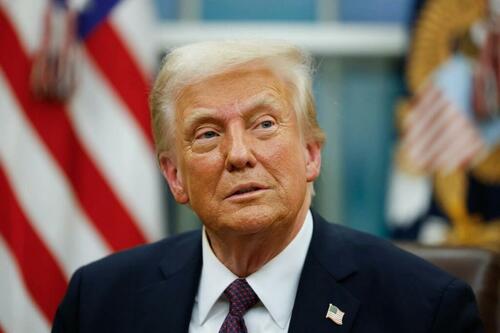
This is a reflection of the high hopes of the incoming administration. There was never a way to keep up.
That’s why we should take a few moments to consider the achievements of this administration, which have gone some distance in restoring popular government over whatever we had before.
One feature I noticed on my travels is just how suddenly nice the TSA is at the airports. I could not understand why. Employees very quickly explained their absolute exuberance that the public-sector union that used to be in charge no longer is.
The Trump administration removed collective bargaining privileges and restored normal management. This led to a wave of firings of lazy, troublesome, and incompetent workers, absolutely thrilling everyone else.
This is a massive change that was hardly announced at all. But it has made a dramatic difference.
Prompted by this example, I’ve chronicled 50 changes that the Trump administration has made that have made life dramatically better in record time.
1. Defanged the public-sector unions. This happened with hardly any announcement. It pertains to nearly the whole of the government’s workforce. It has emancipated the employees from their terrible unions and led to the almost immediate elevation of merit over DEI as many employees have explained to me. This is very obvious when you travel. You can actually have a human conversation with TSA employees and passport control.
2. Stopped BOIR. The Biden-era mandate was for all businesses to file a Beneficial Ownership Information Report with the Financial Crimes Enforcement Network of the U.S. Treasury, and do so annually. The mandate added wholly unnecessary bureaucracy. Even more, it was just really strange and scary for every sole proprietor to be required to file this thing as if everyone was a criminal in waiting. The Trump administration stopped it.
3. Ended the hen slaughter. Wholesale egg prices have collapsed from $8 per dozen to only $3 in a matter of weeks, mostly driven by the end of the Department of Agriculture’s work to mandate slaughtering hens in the name of controlling bird flu. Trump’s change of policy has resulted in a big supply boost. The DOA has also stopped the vaccine that was ready for distribution, which would likely have made the chickens sicker.
4. Ended the war on crypto. Since 2013, the federal government has tried to control this sector with reporting requirements, regulations, taxes, investigations, and jail time. Trump has ended this with a new embrace and a favorable push toward the entire sector.
5. The clean-up of the FDA. The main vaccine scientist who had purged the agency of doubters in the past has now announced his resignation, upon pressure from the Trump administration. This has cleared the path for some transparency and an end to the use of this agency as an advertising bureau for Big Pharma.
6. Restoration of free speech. Since 2016 and onward, we have documented proof that government agencies were intervening with media and tech companies to push one political way of thinking and exclude all others. That practice is now fully banned by executive order.
7. The end of DEI. The Trump administration now correctly regards systematic discrimination in the name of DEI to be illegal discrimination; that is, the law is now being consistently applied and DEI programs across government and industry are coming to a quick end.
8. Stopped the migrant invasion. As a long champion of the freedom to migrate, I was shocked to see evidence that the entire system was being gamed to bring about a skewing of voter demographics to keep one party in power. We have the receipts. That is now stopped.
9. RFK at HHS. The leading champion of freedom against lockdowns and vaccine mandates now holds the most powerful position in health in the world, as head of Health and Human Services. He is completely restructuring all agencies under his control.
10. Restoring Science. Jay Bhattacharya is a lead author of the Great Barrington Declaration and a champion of real science. As head of the National Institutes of Health, he is in a position now to restore real science as a priority for this powerful funding source.
11. Busting the Treasury Payment Monopoly. The Treasury’s payment portals have been off-limits to outsiders since 1946, with not a single non-agency person or institution permitted access. DOGE gained that access to reveal some $4.7 trillion in untagged payments in addition to another dozen money printers operating throughout the government.
12. Ferreting out Social Security Fraud. DOGE also discovered millions of people on the Social Security rolls who were too old to be alive, in addition to millions of illegal immigrants who had Social Security numbers and were receiving benefits. That is ending.
13. Ending USAID. This powerful agency has long subsidized far-left causes all over the world, operating as a kind of slush fund with little oversight. That entire agency has been gutted.
14. Gutting the U.S. Institute for Peace. This nonprofit was created by Congress but has long served as a clearing house for compromised diplomats and mostly a welfare state for has-been players in deep-state circles. Having had personal experience with the place, I was thrilled to see the Trump administration fire the entire staff and gut the budget.
15. Stopping the NGO Fraud. DOGE and others have discovered an amazing little racket that consists of putting nongovernment organizations on agency payrolls for billions in funding that have served partisan political ends, including the funding of legacy media. That little money-laundering operation is now under serious pressure.
16. Exposing the press. We have to appreciate what it means that the Trump administration is now longer deferring to the power of legacy media, calling out false stories by the day and refusing to grant exclusive access to the fourth estate. This has been a wake-up call to many not to trust something just because it appears in formerly prestigious venues.
17. Boosting traditional architecture. The Trump administration has pledged to sell off hundreds of ugly federal buildings and bring back architectural grandeur to Washington, D.C. This might be the final nail in the coffin of the Brutalist style, a form of architecture developed as an homage to the prison camp.
18. Bringing together MAHA and MAGA. For generations, crunchy liberals and American patriots had no real connection with each other politically or culturally. Now these teams have joined forces against a common enemy, forming new friend circles and modes of community action.
19. Reducing inflation. Almost to the day, the intensity of inflation diminished from the inauguration. This is due to many different factors, including a change in the velocity of money and also Fed policy which has kept the money stock flat for some six months. In addition, inflation expectations were reduced and thus the prophecy became self-fulfilling. Trump deserves some credit there for making a compelling case that higher productivity is on the way.
20. Stopping the regulatory tsunami. The Trump administration has stopped by executive order all bureaucratic lawmaking. The executive order permissions in a range of products that were ruled out by regulatory edict. It will probably require litigation to make it real but this is extremely promising.
21. Defunding the Green New Deal. The science behind climate change and the support for Green New Deal policy was completely unquestioned in public life for a very long time. Trump has put an end to this, pulling the funding and stopping the march of deindustrialization. This needs to be written into law but it is an excellent start.
22. Ending gender confusion. At some vague moment over the last 5 or 10 years, there was actual confusion in legislation over the biological difference between men and women, as incredible as that sounds. But during this time, men began to refashion themselves as women and compete as such in sports, to the amazement of everyone. Trump had the courage just to announce the truth that there are only two sexes.
23. Stopping the war on gas and oil. For many years, oil and gas, among America’s greatest resources and one of our few remaining competitive industries, faced absurd restrictions. Trump has repealed them all and stopped the absurd subsidies for wind and solar power. The entire “fossil fuels” industry is excited about the future for the first time in perhaps decades.
24. Freeing the prisoners. My good friend Ross Ulbricht, sentenced to more than two lifetimes in jail for creating a website, has been freed. Many more besides: hundreds of people who did nothing wrong were languishing in prison for having protested on January 6. These people are now free, thanks to the Trump administration.
25. Push back on legacy media. The White House now has a competent press secretary who takes on the legacy media, and the 100-year monopoly of the White House Correspondents Association has been shattered, allowing podcasters and new media to have access.
26. Vaccine mandate rollback. Federal employees are no longer required to get the COVID-19 vaccine, which has been proven to be ineffective and potentially harmful.
27. Ending COVID shots on green cards. Many families were separated by this vaccine mandate for green card holders. That is now gone.
28. EV Mandate pause. Automakers have long been forced to devote a portion of their production to making cars that people do not want. That mandate is now gone.
29. Critical Race Theory ban. This theory attacks America in its history and present meaning and was being taught in schools at all levels. The Trump administration has withdrawn all funding for this project, which is designed to spread guilt and shame and tell a false version of history.
30. Transgender military ban. Until recently, transgender people have ascended to great heights within the U.S. military. That has been completely stopped. It is no longer permitted that men can pretend to be women and visa-versa.
31. IRS hiring freeze. The previous administration had hired some 80,000 new tax collectors who are all now fired, to the great celebration of the oppressed middle class.
32. Leaving WHO. The World Health Organization had spent years promoting fake science and lockdowns at U.S. taxpayer expense. The U.S. is now fully out of this organization and the NGOs that backed it are now defunded.
33. Climate accord exit. You remember the fake science of COVID? It turns out that the fake science of climate change was just as bad or worse. The Unites States was actually party to an accord that mandated the Green New Deal. That is now gone.
34. Union dues opt-out. No federal employee is required to pay union dues anymore and most have declined to continue doing so, thanks to a change initiated by the Trump administration.
35. Fisheries deregulation, easing Magnuson-Stevens conservation rules, aiding 10,000 fishermen. This is a technical change but it matters to the heroic people who work daily to bring us food.
36. Small Business tax break. The new 20 percent deduction on new businesses was set to expire but is now back again.
37. Foreign aid audit. Fully $5 billion in foreign aid has been frozen pending a full review of whatever was behind this.
38. Title IX reversal. The previous administration had ruined this regulation by blurring the difference between men and women. The old rule has been restored, which particularly impacts sports.
39. Many JFK files released. Not all the files have come out but the ones we have reveal deep involvement of the deep state in the assassination that rocked the country. We still await many promised releases.
40. Federal land drilling. The Trump administration has opened up 1.5 million acres in Alaska, projecting 50,000 barrels daily.
41. Sanctuary City funding cut. The Trump administration has withheld $200 million from noncompliant cities, pressuring cooperation with the migrant/criminal crackdown.
42. Clean up voter roles. For years, Trump claimed that the 2020 election was compromised. We doubted this. Now we know for sure, based purely on math. Voter ID is now the law of the land. Without verifiable citizen voting, there is no democracy, no freedom, no society run by the people. Trump deserves every credit for seeing this problem and sticking his neck out to defend democracy.
43. Dignified new media. Thousands of citizen journalists have been working for years to cover politics and government but have been denied access and legitimacy. The Trump administration has seen the value they add and treated them with dignity and respect. This is actually huge for information systems and the public mind.
44. Empowered new employees. Trump has not gone along with the usual system of hiring cabinet officials who get chewed up by the bureaucracy. Instead, he has trusted them with massive decisions over their realms, enabling them to hire and fire and determine policy. This is probably the first time this has happened in my life or perhaps 100 years.
45. Focus on Ending international conflicts. The Trump administration has put the cause of peace in the Ukraine war with Russia as a first priority. His insistence on this might have prevented World War III, which is rather important.
46. Dramatic cuts in civil service. In the first days of the administration, Trump invited every employee of the federal government to resign with full severances. About 5-7 percent accepted and all of them have been paid. Then the firings started, just as promised. The downsizing must happen. This process needs to go much further but it has been started.
47. Push for food cleanup. Under the great influence of Robert F. Kennedy, Jr., the U.S. food system is starting to be cleaned up. We have some of the most dangerous food in the world, as anyone who travels internationally can tell you. Maybe this can change, along with the empowerment of local farmers.
48. Banned CBDCs. An executive order has banned Central Bank Digital Currencies and made it clear that America will never have a Chinese-style social credit system linked to our personal financial lives. This has been a gigantic relief, particularly in light of all the debanking that has taken place.
49. Spotlight on the Fed. DOGE is sparing no institution in D.C., not the Pentagon and not even the Federal Reserve, which is to be subjected to a real audit. We shall see how long the power of the central bank lasts but this is the first real challenge it has made since its founding in 1913.
50. Challenged the judges. There are more than 100 cases extant against the Trump administration’s attempt to be the real executive department rather than just a headline group of temporary managers. These lower court judges have presumed to be more powerful than the president that the people elected. They are facing foundational challenges that will surely land in the Supreme Court.
Am I thrilled about everything that the Trump administration has done? No. I have objections on many fronts about which I could write another column. But here is what is critical: these are legitimate differences one might expect in a democracy, which is precisely what Trump is restoring.
I’m fine with argument and disagreement. What is not fine is an administrative state that runs all things from behind the scenes while elected rulers just pretend to be in charge.
All Americans regardless of their political differences should celebrate the enlivening of the democratic imperative, which is what the Trump administration has done, with spectacular results in only three months. Let us hope there is much more to come.
Tyler Durden
Tue, 04/01/2025 - 16:20
 Recalled liquid egg products. USDA
Recalled liquid egg products. USDA


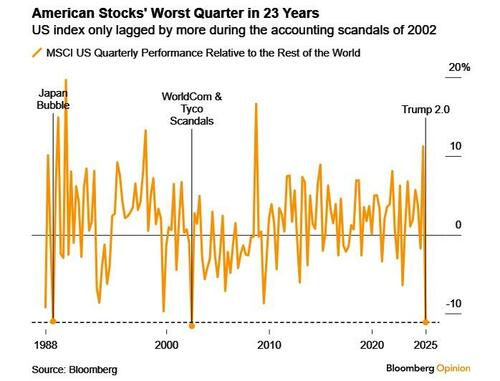
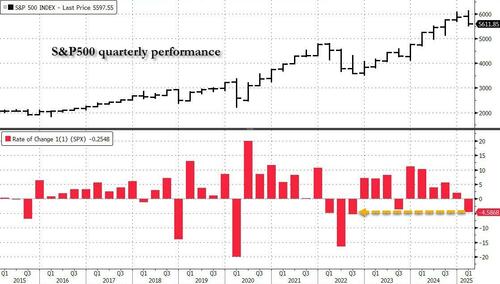
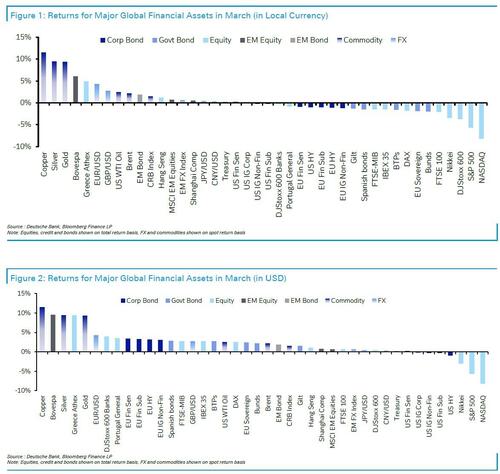
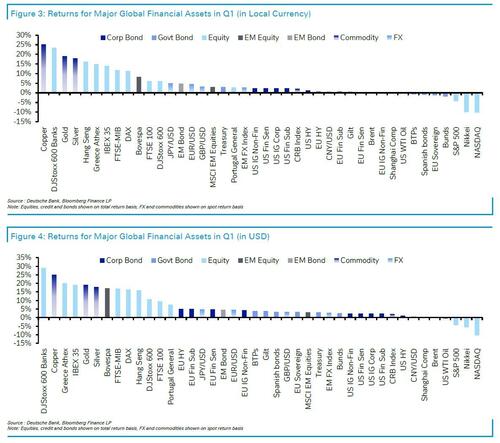



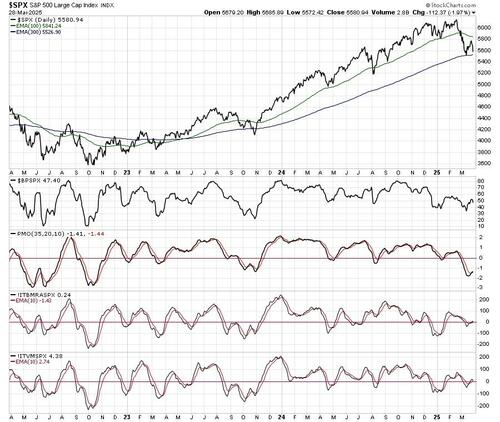
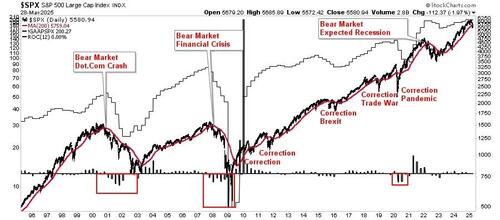
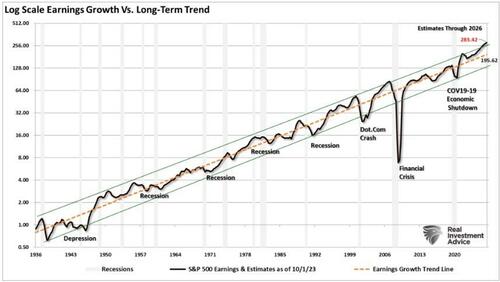
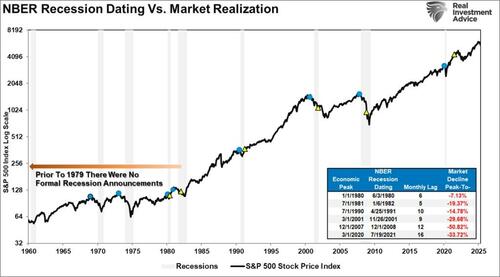
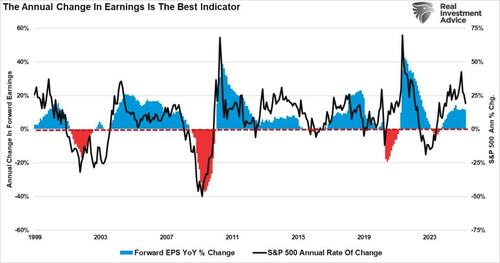
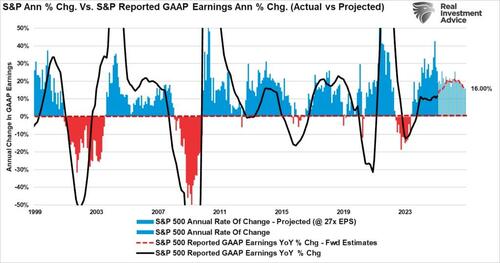

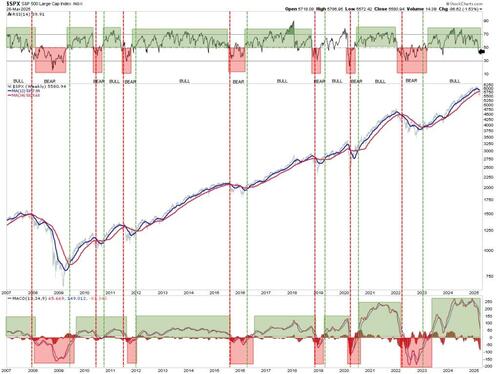
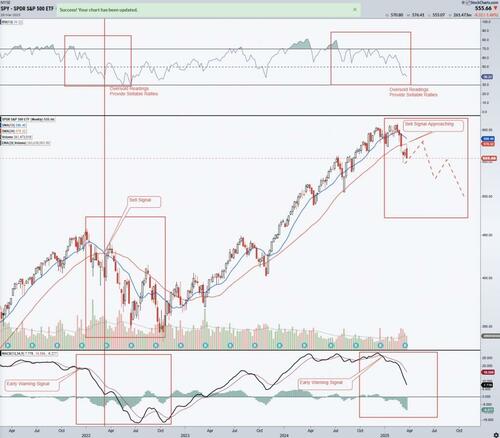







 Pituffik Space Base, formerly Thule Air Base, with the domes of the Thule Tracking Station in northern Greenland on Oct. 4, 2023. Thomas Traasdahl/Ritzau Scanpix/AFP via Getty Images
Pituffik Space Base, formerly Thule Air Base, with the domes of the Thule Tracking Station in northern Greenland on Oct. 4, 2023. Thomas Traasdahl/Ritzau Scanpix/AFP via Getty Images
 Fire damage to the Republican Party of New Mexico's headquarters building, in Albuquerque, N.M., on March 30, 2025. Republican Party of New Mexico via AP
Fire damage to the Republican Party of New Mexico's headquarters building, in Albuquerque, N.M., on March 30, 2025. Republican Party of New Mexico via AP

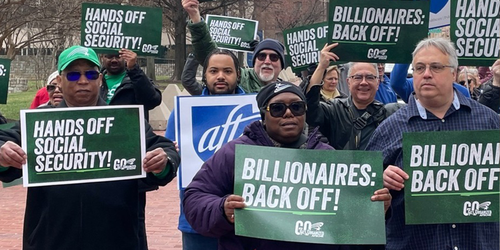


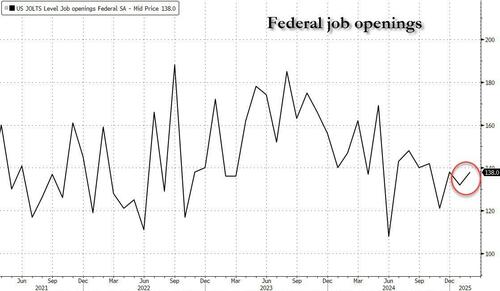
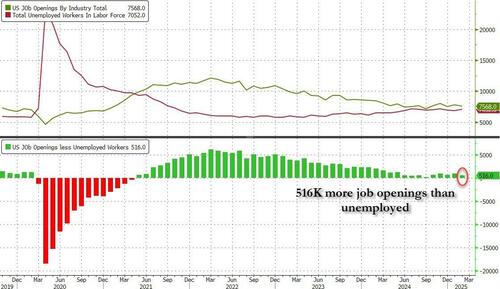
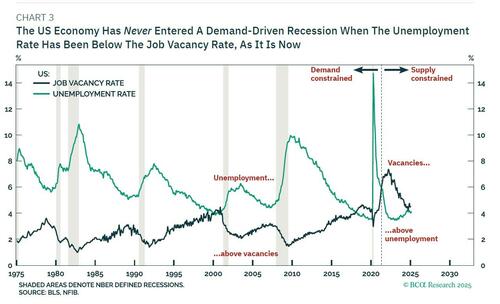
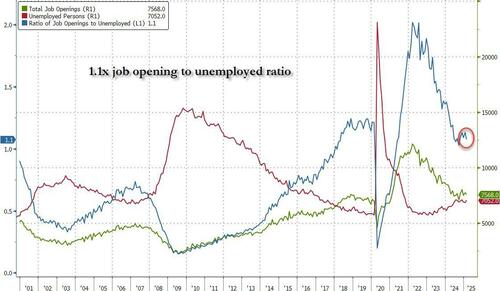
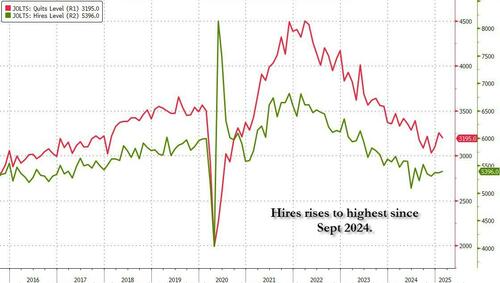


 China’s Shandong aircraft carrier sailing near Taiwan on Monday, March 31, 2025. Taiwan Ministry of National Defense via AP
China’s Shandong aircraft carrier sailing near Taiwan on Monday, March 31, 2025. Taiwan Ministry of National Defense via AP
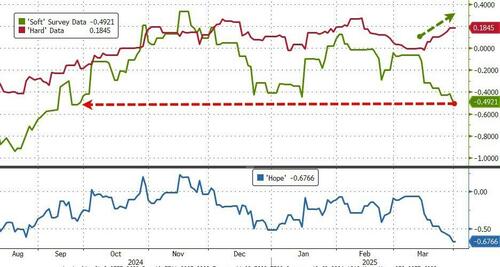
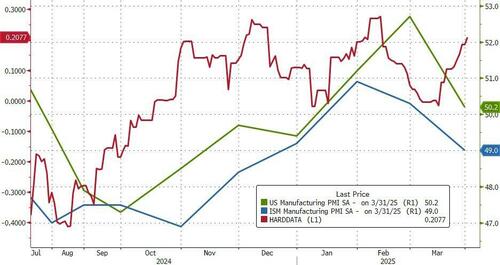

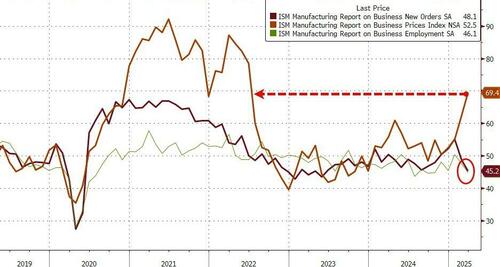
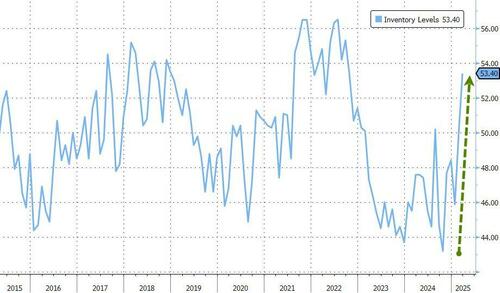
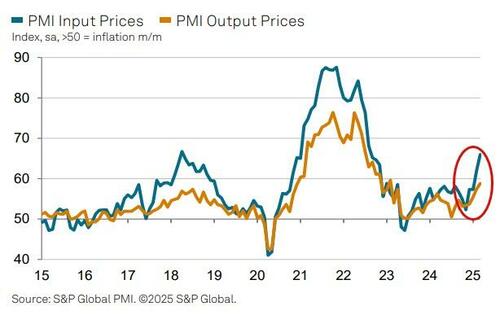
Recent comments